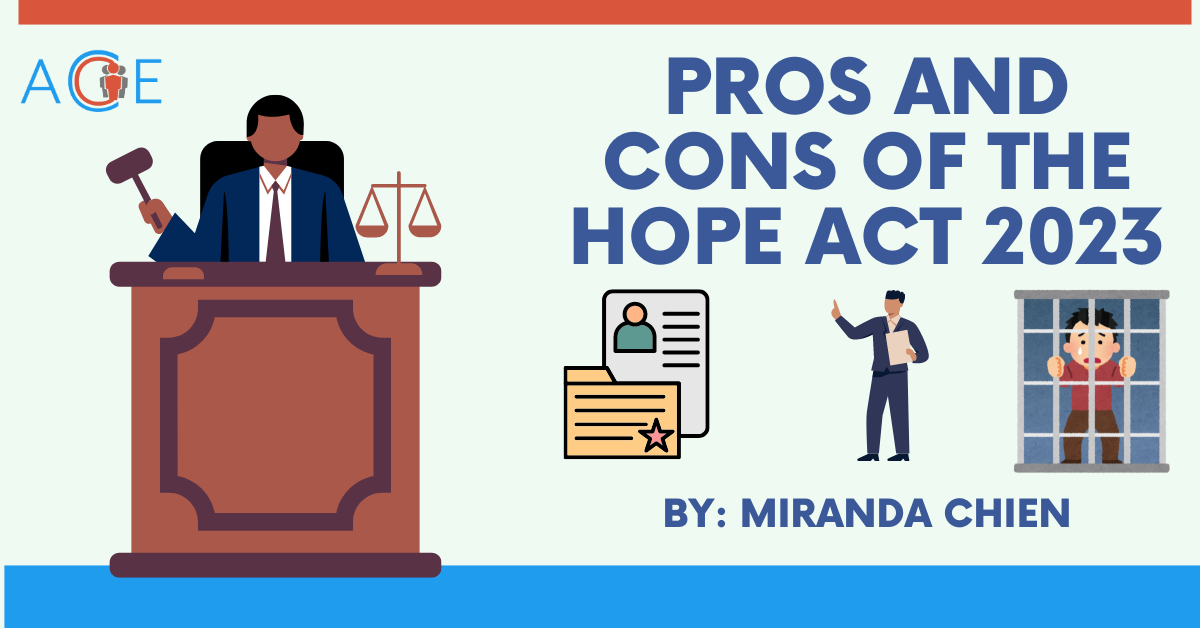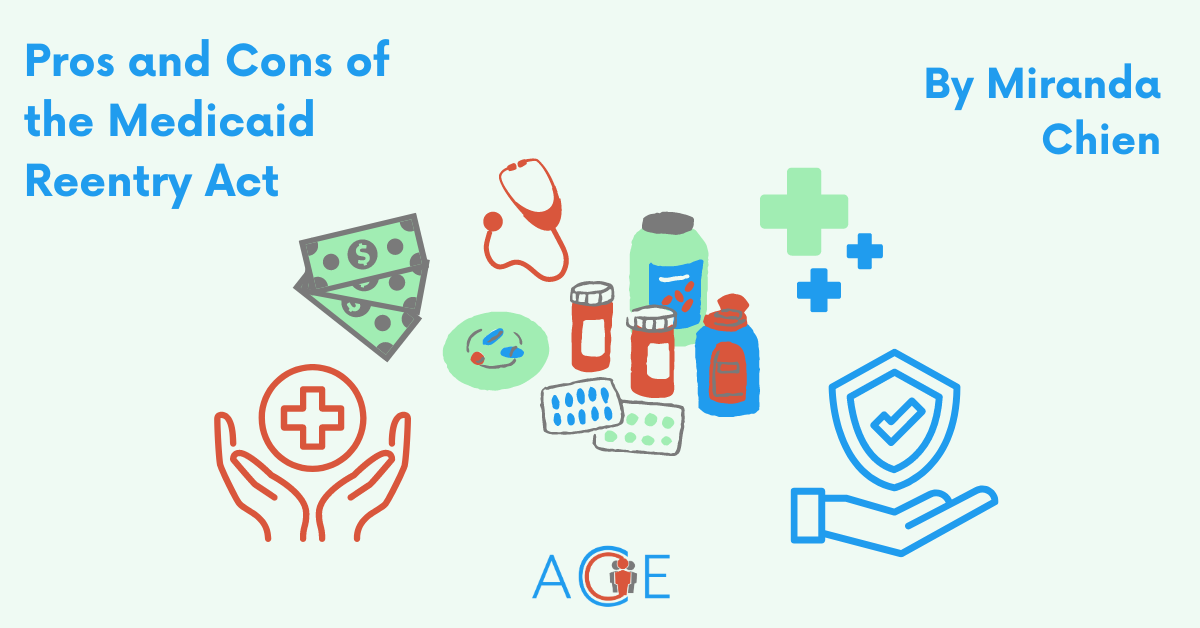What is The HOPE Act 2023
The Harnessing Opportunities by Pursuing Expungement (HOPE) Act of 2023 is a legislative proposal aimed at addressing the challenges faced by individuals with state cannabis offenses on their criminal records. The HOPE Act authorizes the Department of Justice (DOJ) to make grants to states and local governments to reduce the financial and administrative burden of expunging convictions for state cannabis offenses. This bill is designed to help clear cannabis convictions from millions of Americans’ records, allowing people to regain access to essential employment, housing, loans, and more. The Act is a bipartisan effort spearheaded by Representatives David Joyce (R-OH) and Alexandria Ocasio-Cortez (D-NY).
What does The HOPE Act 2023 do?
The HOPE Act of 2023 is legislation that seeks to transform the landscape of cannabis policy in the United States. Furthermore, it mandates a study by the DOJ on the impacts of a cannabis-related criminal record and the costs of related incarcerations. Lastly, the reintroduction of the HOPE Act could influence political discourse and policy decisions surrounding such as cannabis policy crime reform, voting behavior, and healthcare and social service policies, in the 2024 election cycle, fostering a platform for diverse opinions.
Argument for The HOPE Act 2023
The HOPE Act seeks to expunge cannabis convictions, thereby addressing systemic flaws such as racial disparities, collateral consequences, and inefficient use of resources in the criminal justice system. As many employers conduct background checks, employers may be hesitant to hire someone with a criminal record. Similarly, housing applications often require background checks, and a criminal record can lead to denial of housing. Individuals with cannabis convictions often find themselves trapped in a cycle of poverty. The HOPE Act aims to break the cycle by incentivizing states to expunge cannabis convictions. Additionally, the Act encourages broader cannabis reform, fosters opportunities for reintegration, and removes barriers to socioeconomic prosperity.
Economically, the Act aims to empower individuals by removing employment and housing barriers associated with cannabis convictions. This is particularly significant considering the estimated $78 to $87 billion annual GDP loss attributed to the workforce exclusion of individuals with cannabis convictions. Furthermore, the Act seeks to make the expungement process more efficient by providing federal grants to states, which will provide financial aid from the federal government to state governments to support specific programs or initiatives.
The HOPE Act also represents a shift in cannabis policy, reflecting the growing public support for cannabis legalization, with 70% of U.S. adults favoring legalization in 2023. Over time, there has been an increased acknowledgment of the potential therapeutic uses of cannabis, which has contributed to shifting attitudes. Concurrently, there has been a growing awareness of the societal and racial disparities that have arisen from the enforcement of cannabis-related laws.
The HOPE Act represents an effort to align federal law with these changing societal perspectives by encouraging states to expunge cannabis convictions, not only recognizing the shifting attitudes towards cannabis but also addressing the historical consequences associated with cannabis-related convictions. In essence, supporters argue that the HOPE Act of 2023 represents a comprehensive approach to cannabis reform, addressing both social justice and economic considerations in its provisions.
Argument Against The HOPE Act 2023
The HOPE Act of 2023 has been met with various criticisms, many of which prioritize other pressing issues over cannabis reform. For instance, the ongoing opioid crisis, particularly the proliferation of fentanyl analogs, is viewed by some as a more immediate concern that requires urgent attention. Opponents believe the urgency and severity of the opioid crisis demand immediate and undivided attention. Critics argue that the resources and time spent on cannabis reform could be better utilized to combat the opioid epidemic, which is causing widespread harm and loss of life. In 2020, nearly 75% of the 91,799 drug overdose deaths involved an opioid. The number of drug overdose deaths increased by more than 16% from 2020 to 2021. They contend that while cannabis reform is important, it does not present the same level of immediate danger as the opioid crisis, and thus, should not be the primary focus at this time. The crux of the argument is not about the inability to multitask, but rather about prioritizing resources and attention based on the severity and immediacy of the issues at hand.
Additionally, the complexity of comprehensive cannabis legislation is highlighted by the crowded landscape of cannabis reform bills, suggesting that achieving comprehensive reform may be more challenging than initially anticipated. Comprehensive reform is not just about reaching a consensus on the need for reform, but also about navigating the intricacies of differing viewpoints, reconciling conflicting interests, and crafting legislation that can garner sufficient support to pass. The HOPE Act exemplifies those factors by acknowledging the need for cannabis conviction reform, navigating bipartisan viewpoints, reconciling interests of criminal justice and cannabis offenses, and crafting a bill that offers federal grants to states for expungement, balancing state rights and reform support.
Following this, another layer of complexity involves the financial system and social equity objectives. This includes considering how the economic system will adapt to a legal cannabis market, and how to ensure that the benefits of this market are equitably distributed. Critics also argue that some legislation appears to prioritize financial system concerns over social justice issues, potentially undermining the social equity objectives of cannabis reform. This is further complicated by the general stigma tied to cannabis reform, which continues to influence public and political opinion. The multitude of layers involved in the process amplifies the complexity of implementing the HOPE Act.
Indeed, some leaders advocate for maintaining marijuana’s status as a Schedule I substance under the Controlled Substances Act. This classification indicates that marijuana is considered to have a high potential for abuse and has no currently accepted medical use in treatment in the United States. These leaders emphasize that any changes to its classification should be based on rigorous scientific evidence.
Concerning the HOPE Act, this stance presents a significant challenge. The Act’s objective to expunge cannabis offenses and promote social equity is in direct contrast with the Schedule I classification of marijuana. If marijuana remains a Schedule I substance, the social justice goals of the HOPE Act could be hindered, as the classification maintains the criminalization of marijuana at a federal level. Therefore, the debate around marijuana’s classification directly impacts the potential effectiveness and implementation of the HOPE Act.
Conclusion
As the discourse around cannabis reform continues to evolve, the HOPE Act underscores the importance of a balanced, evidence-based approach that considers both the societal implications and the individual impacts of cannabis-related offenses. Regardless of one’s political affiliation, the Act invites a broader conversation about the future of cannabis policy in the United States.


